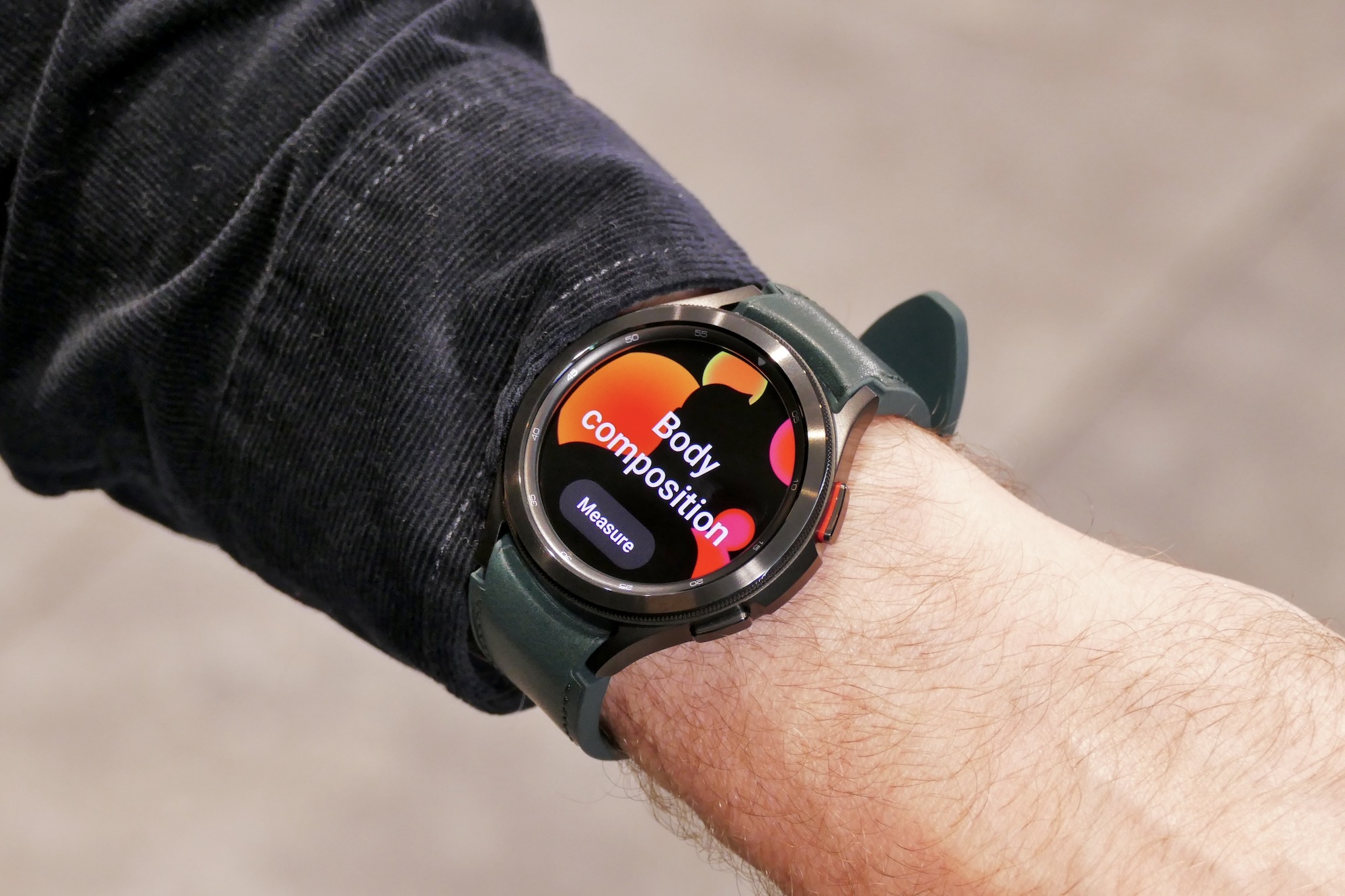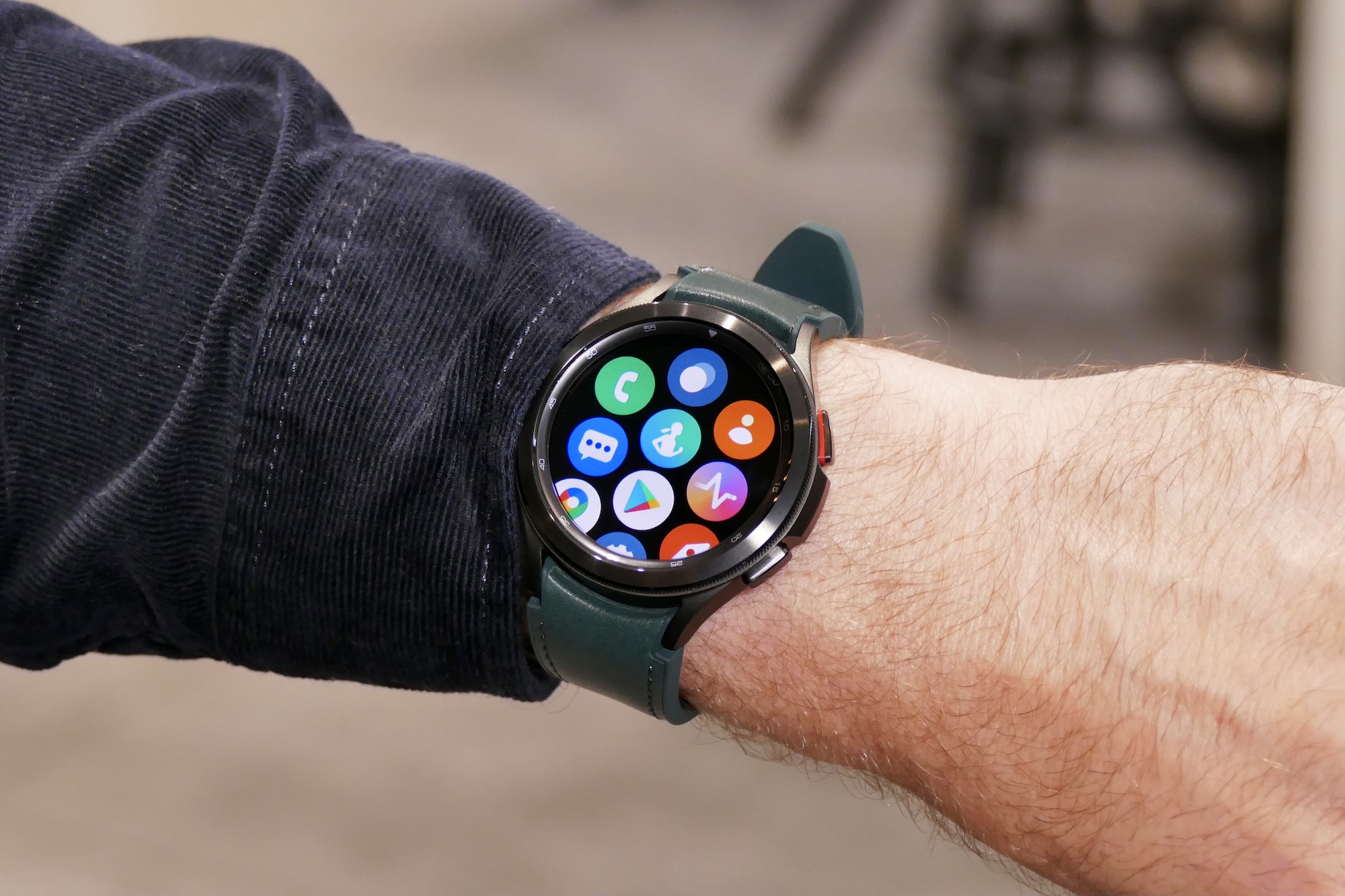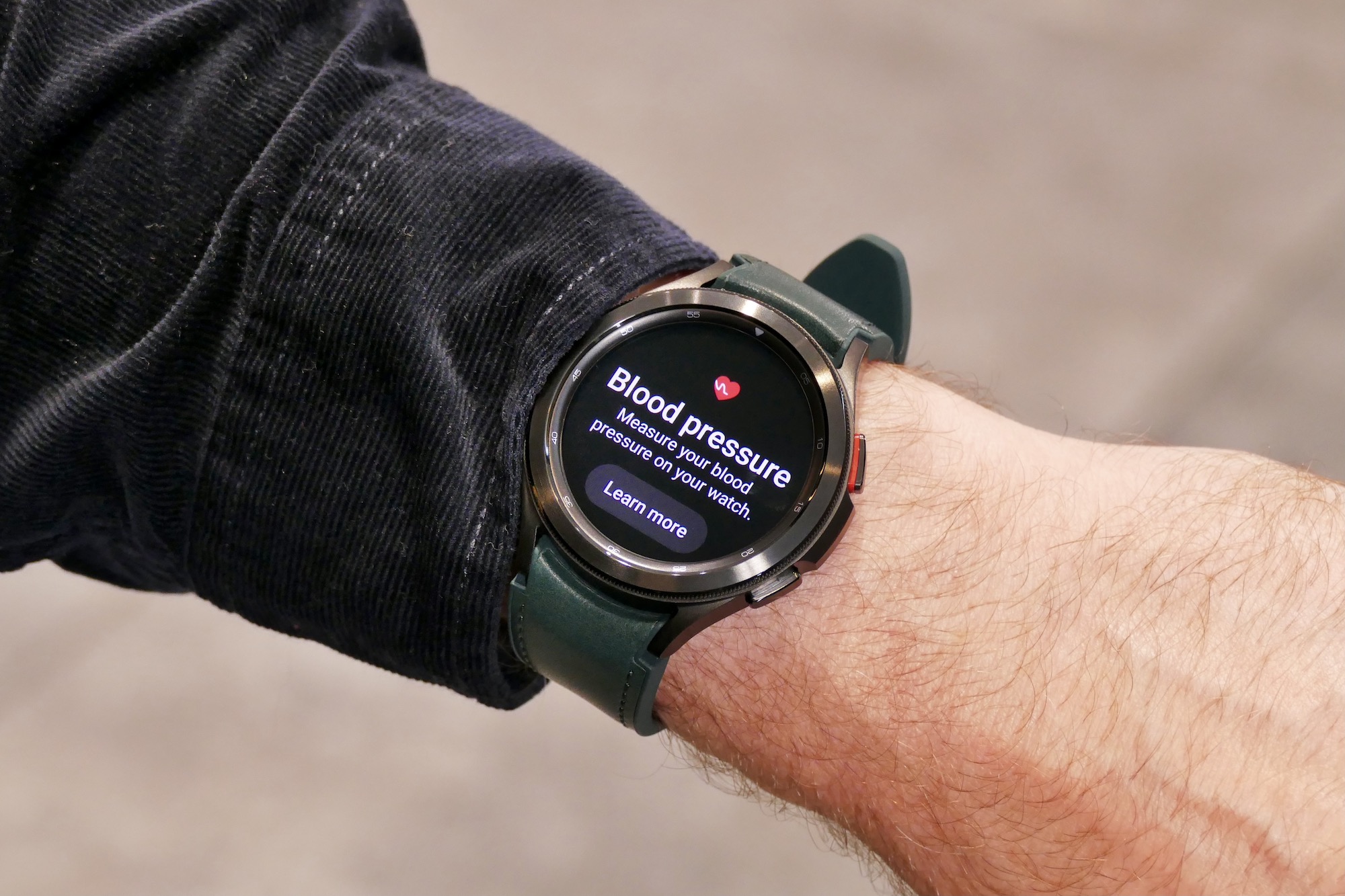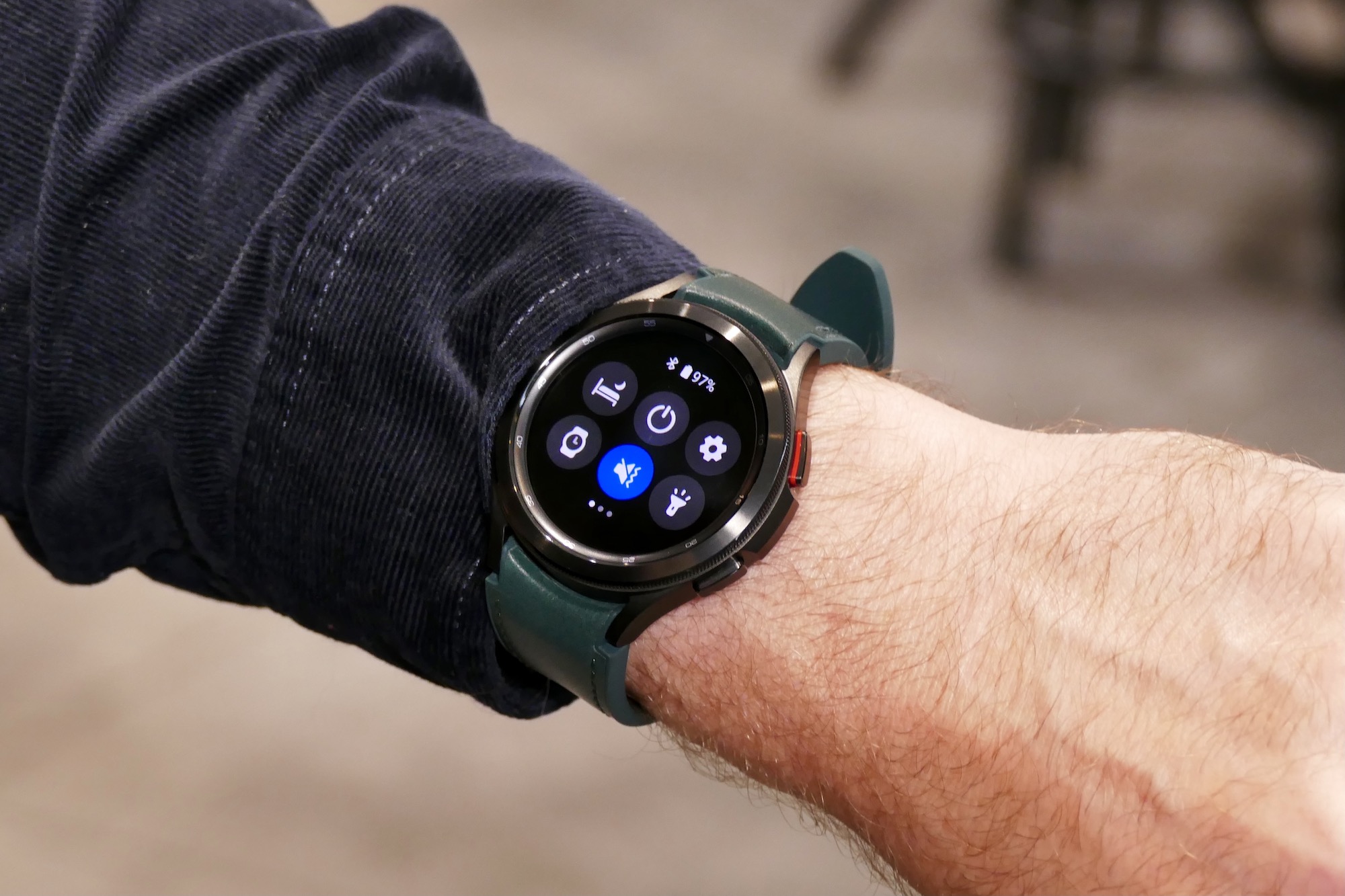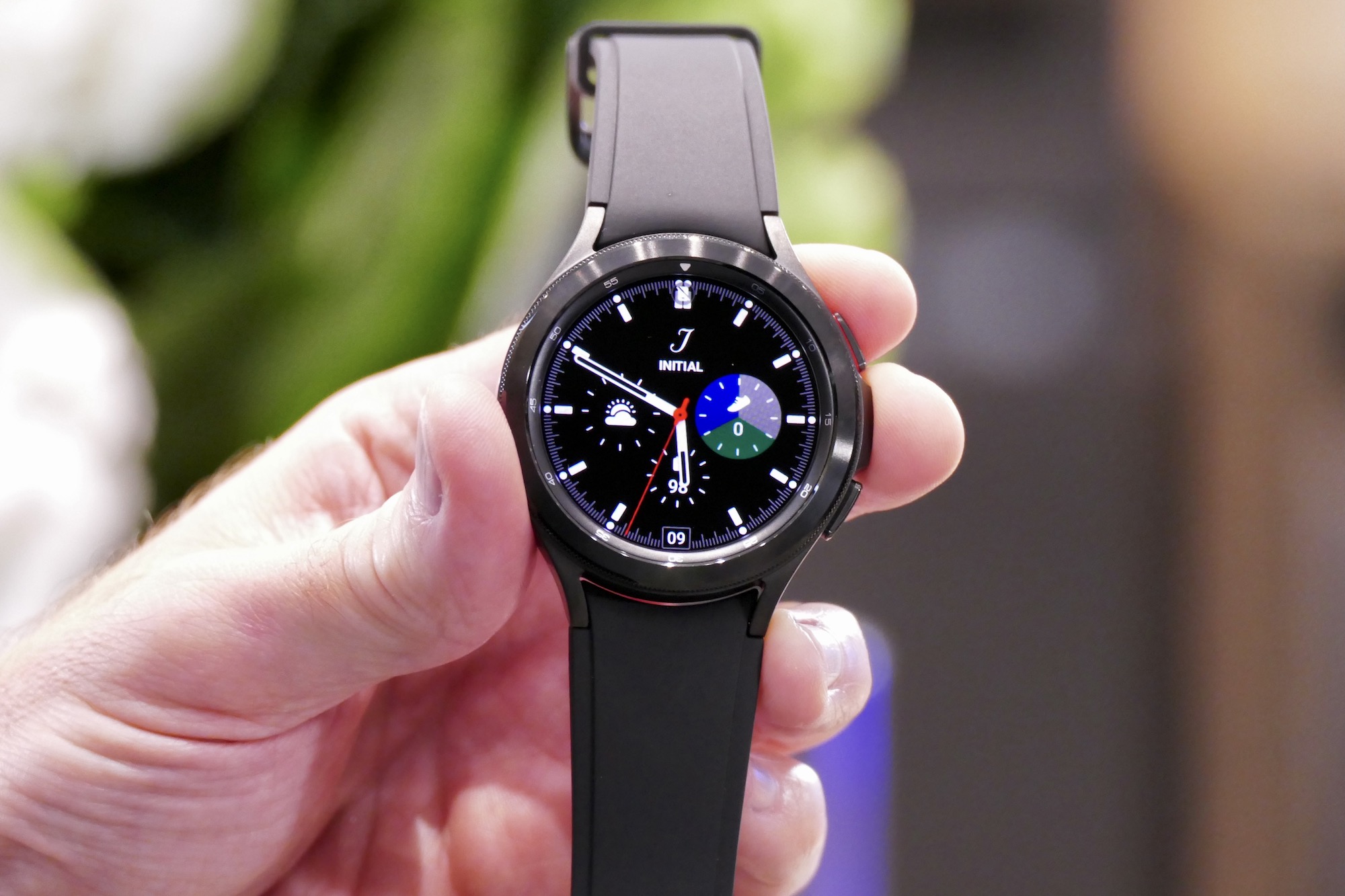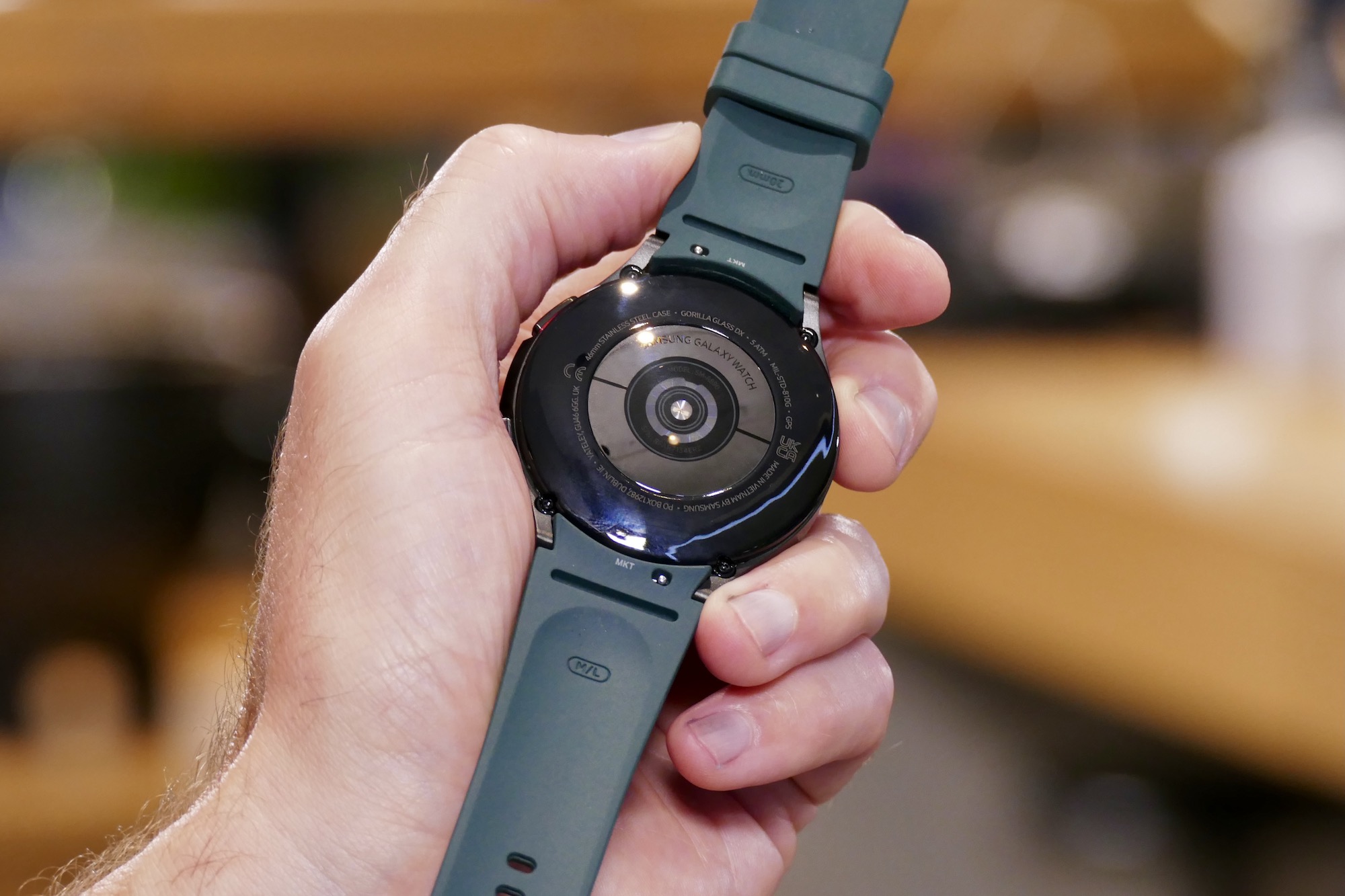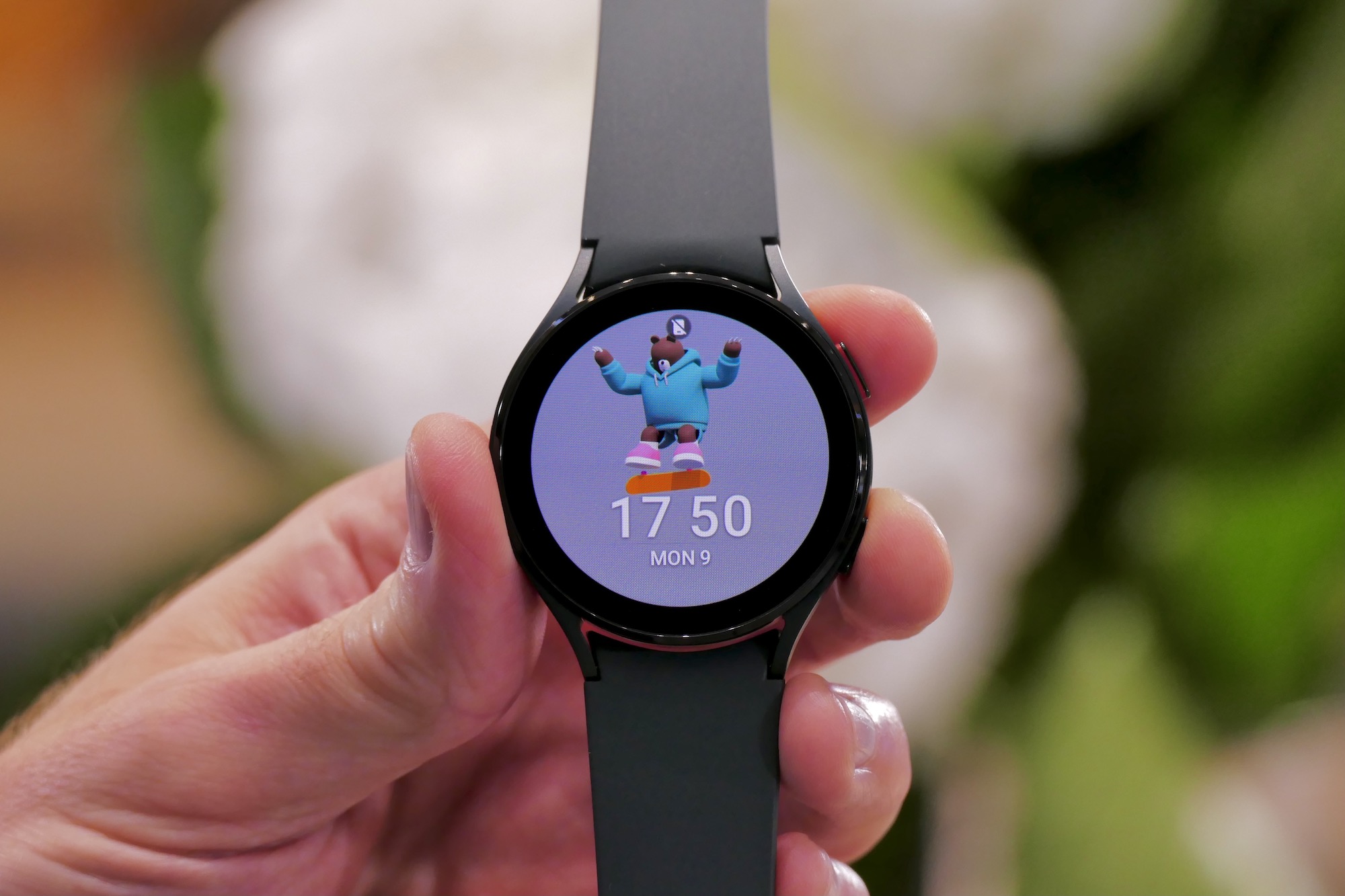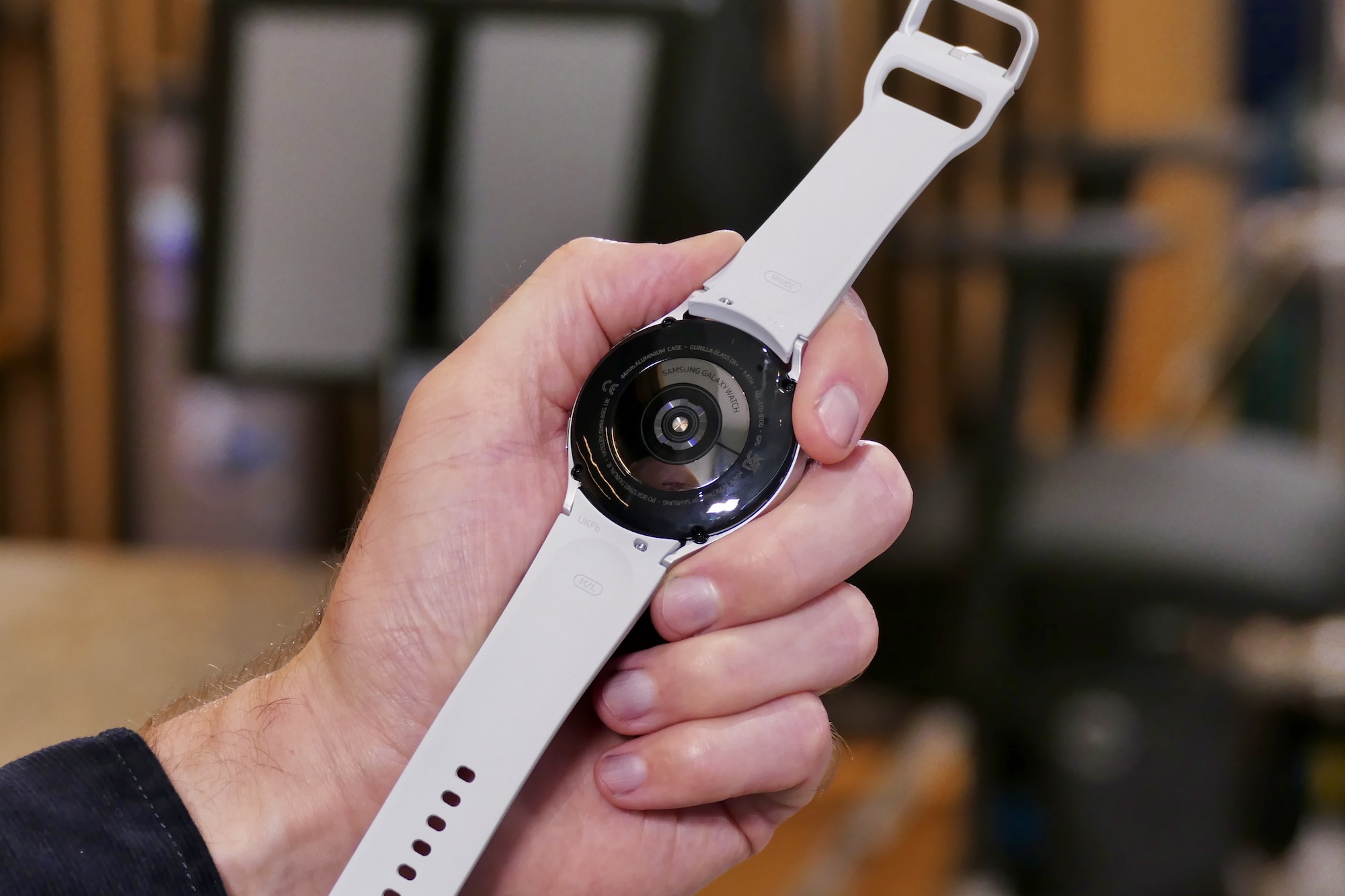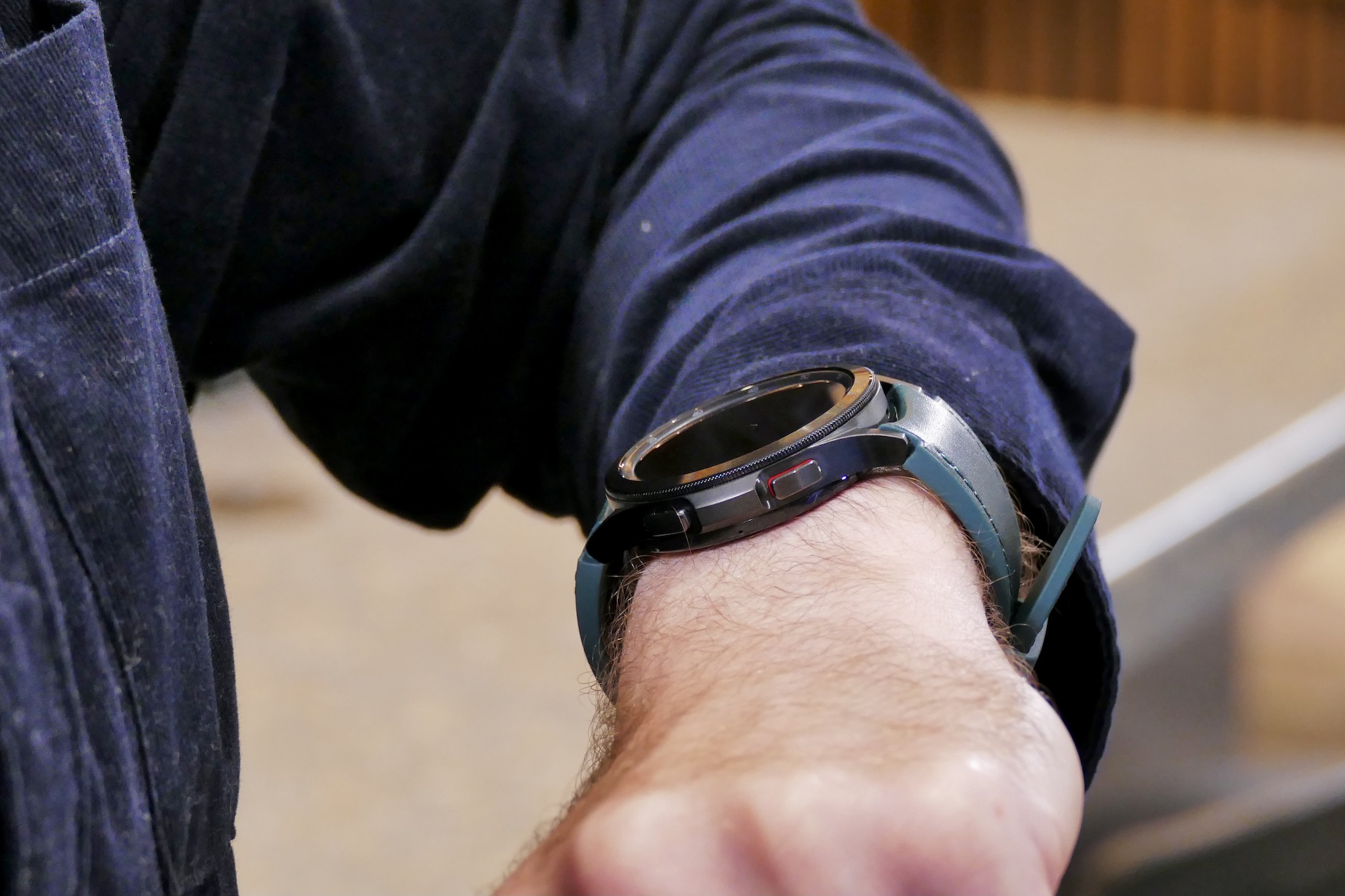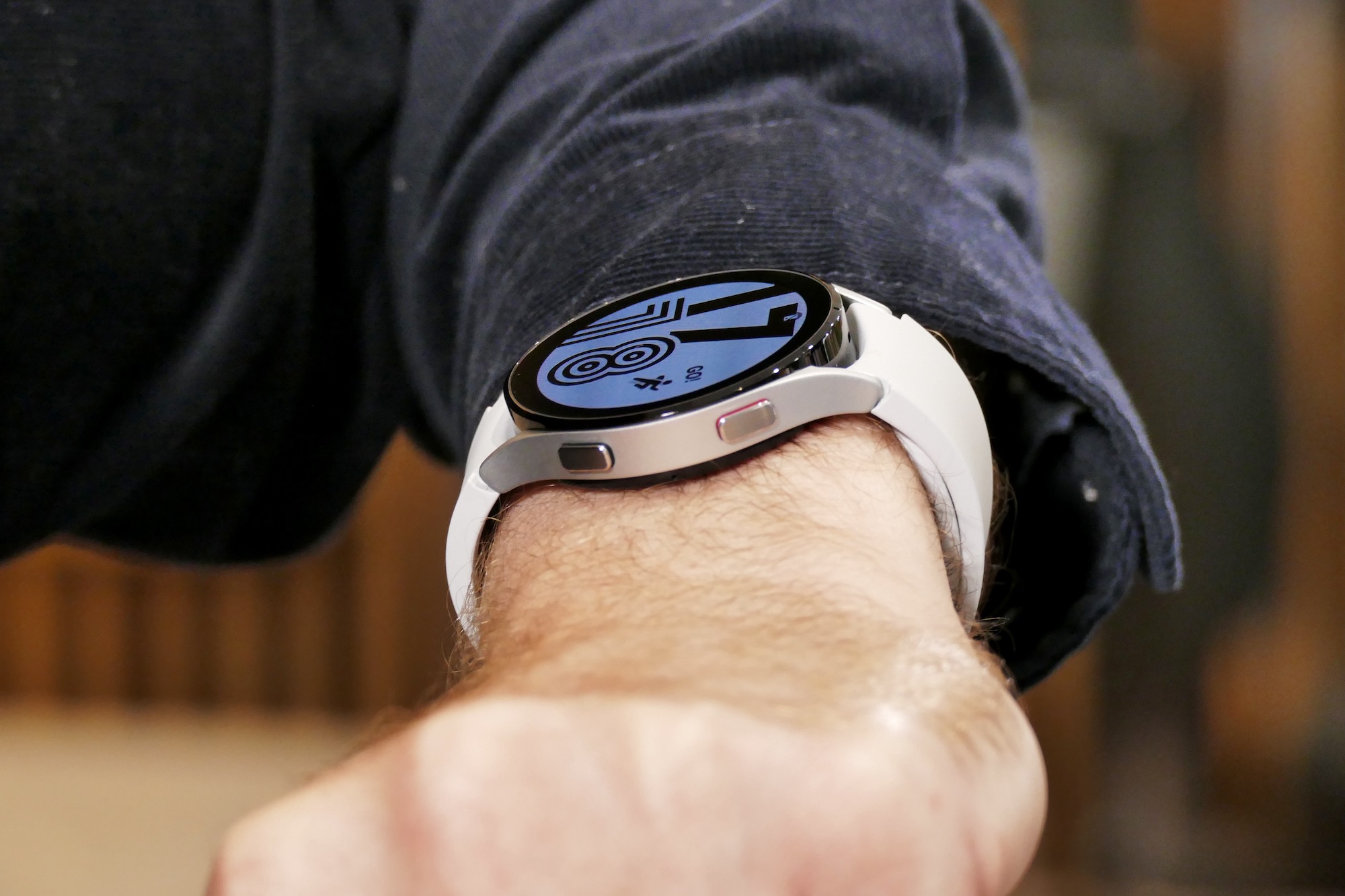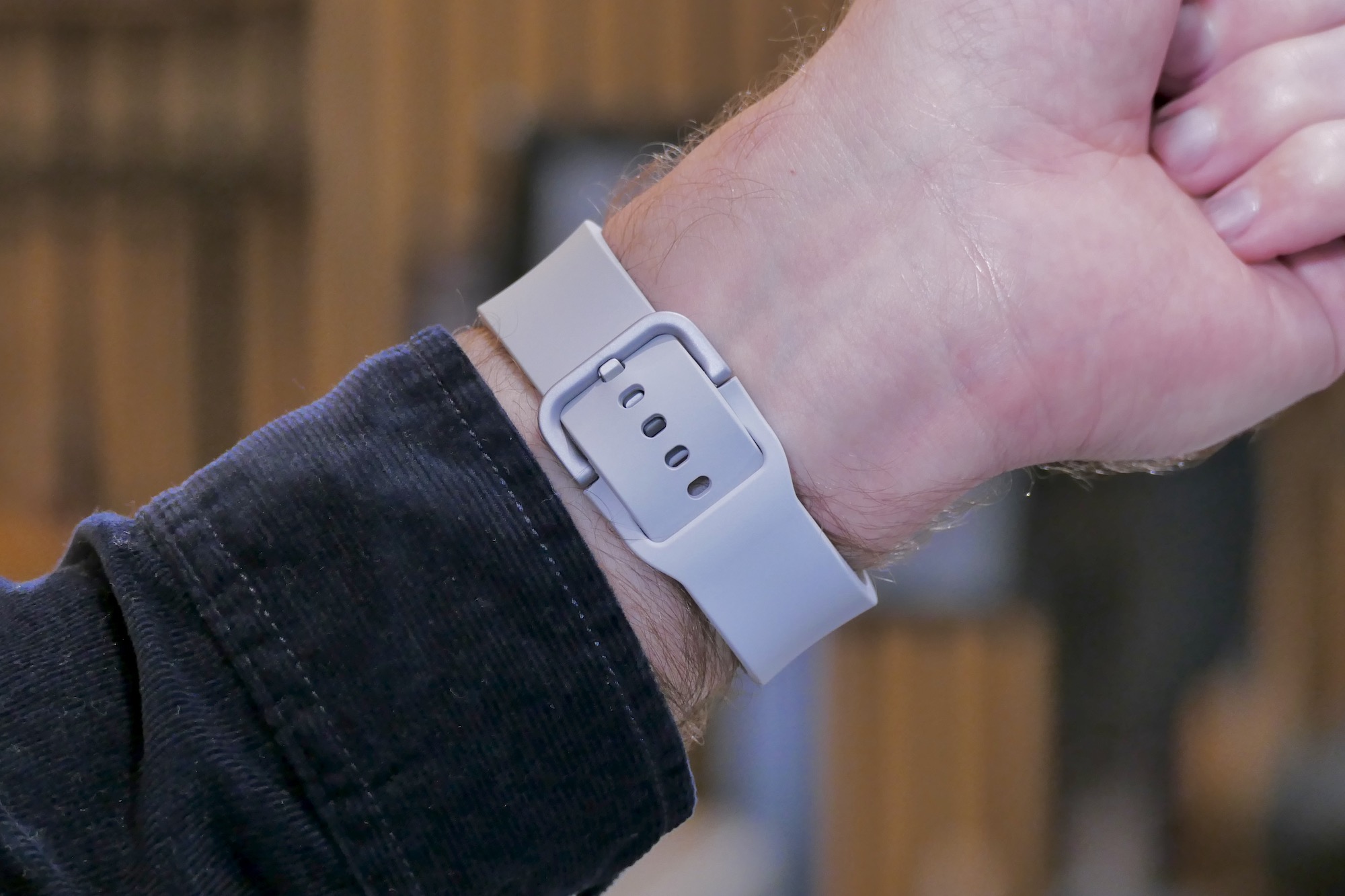The Galaxy Watch 4 range gives you more smartwatch choices from Samsung than ever before. It has ended the days of the Galaxy Watch and Watch Active models being separate model lines, and brought them together under the all-new Galaxy Watch 4 name, complete with the highly anticipated Wear OS 3 and One UI Watch software onboard.
Samsung’s smartwatches have long been the only real competitor to the Apple Watch, but now Samsung has the chance to edge ahead of Apple, due to a comprehensive new range of health features, a lightning-fast software experience, and two tried-and-tested designs available in a range of sizes and colors. I had a chance to spend a short time with the smartwatches ahead of launch.
Choice matters
There are two new smartwatches, the Galaxy Watch 4 and the Galaxy Watch 4 Classic. The Classic resembles the Galaxy Watch 3 with its rotating bezel and bulkier style, while the Galaxy Watch 4 is closer to the old Galaxy Watch Active 2, and has a smoother, less busy, sportier design and a digital bezel.

But the choice doesn’t stop there. Samsung also makes these two watches in two sizes — the Watch 4’s case measures 40mm or 44mm, and the Watch 4 Classic is in 42mm or 46mm. Depending on the size, the smartwatches have either a 1.2-inch, 396 x 396-pixel Super AMOLED or a 1.4-inch, 450 x 450-pixel Super AMOLED screen. Each has the same processor inside, a brand new Exynos W920 chip built using a 5nm process, with 1.5GB
The minimalist Galaxy Watch 4 is made from sleek and lightweight aluminum, plus it comes in several colors including white, pink, and black. The bezel is digital and there are two buttons on the side of the case to control the software, and it’s all attached to a comfortable yet sturdy strap. The Galaxy Watch 4 Classic is made from stainless steel and has a physical rotating bezel and two buttons on the case. It comes in colors matching the new Z Fold 3 smartphone, including Phantom Green.
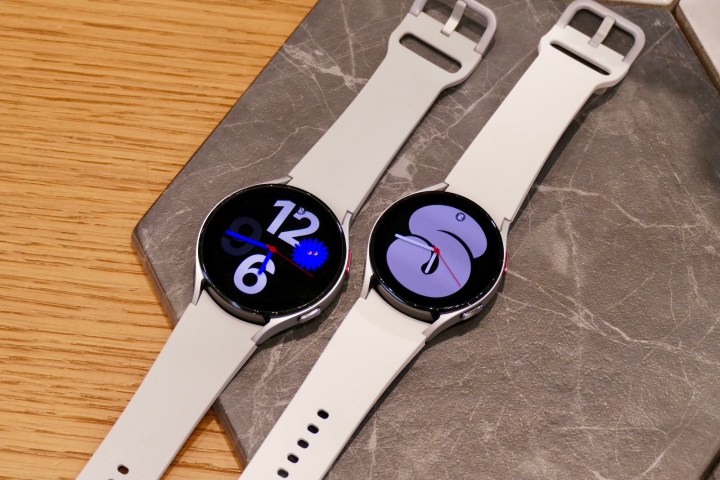
That’s two different styles, each in two different sizes, with multiple options for color schemes, and the ability to select a model with a 4G LTE connection using an eSIM too. Because the two Watch 4 models look suitably different there is a true choice, rather than simply offering different sizes. Best of all, both models look and feel superb, and the designs should be considered unisex too.
Wearing the Galaxy Watch 4
The Galaxy Watch 4 and Watch 4 Classic are thinner than previous versions, but it’s not something that I found instantly noticeable. The Watch 4 Classic is visually very well balanced, despite the more complex design compared to the ultra-minimalist Galaxy Watch 4. I prefer the Watch 4 Classic’s look with its button guard and distinctive bezel, but the Watch 4’s sportiness and simplicity will likely appeal to more people.

The models I tried had rubber straps — the Classic has stitched leather on top — both of which feel thick and very durable. The straps have a slightly unusual fit, as they stay flush with the underside of the lugs, resulting in the strap not gripping the top of your wrist. It didn’t affect the comfort, but I do wonder how it will affect the watch staying centered on your wrist, but this will only be known after longer testing. The buckles are also different, with the Watch 4’s strap end slipping under the main strap so it doesn’t come free when exercising, and the Watch 4 Classic having a traditional keeper instead.
On my 6.5-inch wrist, the larger of the two watches suited me better than the smaller versions. This is the same situation as I found with the Galaxy Watch 3, and with the Apple Watch Series 6 too. I really liked the beautiful combination of white and shiny aluminum for the Galaxy Watch 4, and the unusual Phantom Green Galaxy Watch 4 Classic, although the green strap is harder to coordinate with than the black version.

The performance from the new Exynos W920 chip during my brief time with the Galaxy Watch 4 and Watch 4 Classic was outstanding. It zips through the available Tiles with great speed, had no problem opening apps quickly, and I didn’t notice any lag either. It’s worth noting this was without a connection to a
Health tracking and software
Regardless of which model you choose, you get 100 workout modes to track, sleep tracking with Sp02 monitoring, plus Samsung’s new Body Composition analysis tool which shows weight, muscle, fat mass, body fat, Body Mass Index (BMI), body water, and Basel Metabolic Rate (BMR) stats. Data like this has previously only been found on some smart scales, and is helpful in understanding weight loss better, and the effect of continued training on your body. It takes 15 seconds to perform and all it needs is your weight and height.
It uses a Bio-Electrical Impedance (BIA) sensor to gather its results, which is part of the Galaxy Watch 4’s new 3-in-1 bioactive sensor array and joined by an Electrocardiogram (ECG) and a PPG heart rate sensor, all powered by new software algorithms. Each mode is found by rotating the bezel or swiping the screen through a selection of Tiles, which are all illustrated with brightly colored graphics and very clear text.
This is representative of the software in general, from the striking watch faces to the clear menu and app selector. Each watch has Wear OS 3, the new collaboration between Google and Samsung, onboard, complete with Samsung’s own One UI interface. The look and operation are very similar to the Galaxy Watch 3, but with bolder graphics. You swipe left and right to view Tiles for different features, and the layout can be customized to your preferences, while a swipe up shows the app menu in a vertically scrolling list, and down for the main settings menu.
You still get Samsung Pay and Bixby, but also familiar Google apps including Google Maps which is integrated with the Galaxy Watch 4’s compass, plus access to a wide range of apps. Spotify is available and comes complete with offline playback too. When you sync the Watch 4 with your phone it copies across all your personal settings, so it will match your Do Not Disturb preferences, and apply settings like blocked callers.
A Galaxy Watch 4 for everyone?
Having two different designs, two different sizes for each one, various colors, and the option of an LTE connection already opens the Galaxy Watch 4 series up to more people. The software impressed me after an hour with the smartwatches, the new health tracking features have genuine benefits you won’t find elsewhere, and with an expected 40 hours of battery life, it promises to keep going longer than much of the competition.
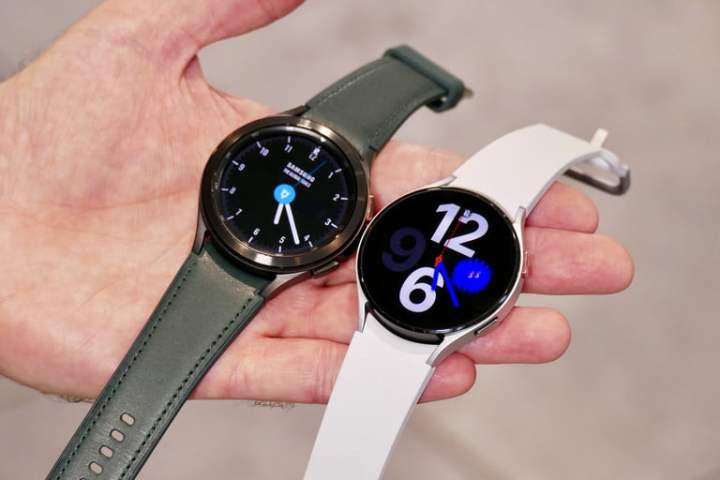
Ditching the old Active name, and not using confusing names like Frontier to differentiate between styles, makes the Galaxy Watch 4 range simpler and easier to understand. Maintaining the two different styles is the right decision too, as not everyone wants a sporty design or a smartwatch that looks like a chronograph watch.
Both Galaxy Watch 4 models left a strong impression on me, even after a short time, mostly due to the new design and the fact Wear OS 3 hasn’t really altered how Samsung smartwatches operate. Remember, Samsung’s Tizen and One UI was far more usable, logical, and reliable on the Galaxy Watch 3 than Wear OS smartwatches. The fundamentals didn’t need changing on the Galaxy Watch 4, but the watch will benefit from the addition of Google apps and services.
At first glance, the new Watch 4 models don’t appear to be a massive upgrade over the Galaxy Watch 3 or the Watch Active 2, but there’s a lot more going on under the surface, along with thoughtful alterations to the design too. The Galaxy Watch 4 series feels more accessible, and the choice of properly different looks will make it more appealing to more people. Samsung’s got a winner on its hands with the Galaxy Watch 4 range.
Price and availability
The Galaxy Watch 4 and Galaxy Watch 4 Classic will be released on August 27. The Galaxy Watch 4 starts at $299 or 259 British pounds, while the Galaxy Watch 4 Classic starts at $399 or 369 British pounds. Pre-orders begin on August 11.
Editors' Recommendations
- Your Pixel 7 is about to get a whole lot less buggy — here’s why
- The Galaxy Watch 6 may fix one of the Galaxy Watch 5’s biggest mistakes
- I did a Galaxy S23 Ultra vs. Pixel 7 Pro camera test — and it’s not even close
- Samsung may be getting ready to launch a new AirTag rival this year
- When is my phone getting Android 14? Here’s everything we know

